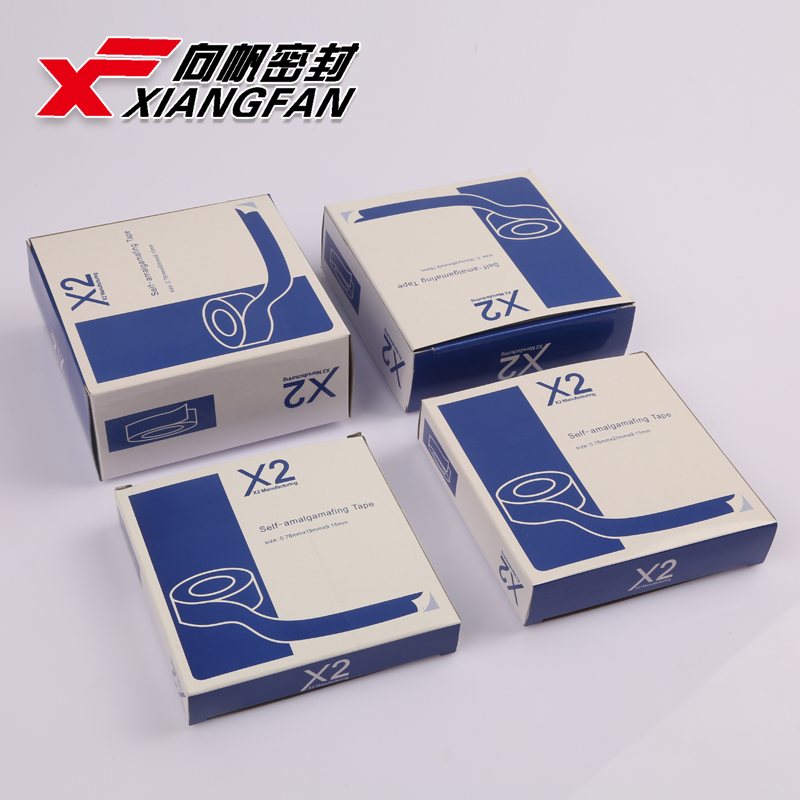The Importance and Versatility of Rubber Seal Strips
In various industries, the significance of rubber seal strips cannot be overstated. These seemingly simple components play a crucial role in ensuring efficiency, durability, and safety in countless applications. From automotive to construction and even household uses, rubber seal strips provide essential functions that enhance performance and longevity.
What Are Rubber Seal Strips?
Rubber seal strips are flexible materials made from various types of rubber compounds, designed to create a barrier against dust, moisture, air, and noise. They can be found in a multitude of shapes and sizes, including flat strips, round gaskets, and specialty profiles designed for specific applications. Their primary purpose is to seal joints and gaps, preventing leakage and protecting the integrity of the structures they are used in.
Applications Across Industries
1. Automotive Industry In the automotive sector, rubber seal strips are commonly used for door frames, windshields, and hoods. These seals help reduce wind noise, prevent water and debris from entering the vehicle, and contribute to overall passenger comfort. High-quality rubber seal strips are essential for ensuring that vehicles meet safety and performance standards.
2. Construction and Architecture In construction, rubber seal strips are utilized in doors and windows to provide insulation and weatherproofing. They are crucial for energy efficiency, helping to maintain internal temperatures and reduce heating and cooling costs. Additionally, they protect against moisture ingress, which can lead to structural damage and mold growth.
3. Manufacturing and Machinery Rubber seal strips are extensively used in machinery to prevent dust and contaminants from entering sensitive components. In manufacturing environments, they are found in equipment like conveyor belts and in areas where precision is key. The use of seal strips enhances the operational efficiency of machines, reducing wear and tear and minimizing the need for maintenance.
4. Household Applications In everyday life, rubber seal strips can be found in kitchen appliances, like refrigerators and dishwashers, to create airtight seals that enhance energy efficiency. They are also used in home windows and doors for insulation against outside elements. DIY enthusiasts often use rubber seal strips for various projects, benefiting from their versatility and ease of installation.
rubber seal strip

Materials and Types
Rubber seal strips are available in various materials, each serving different purposes and environmental conditions. Some common rubber types include
- EPDM (Ethylene Propylene Diene Monomer) Known for its excellent weather resistance and durability, EPDM is often used in outdoor applications and automotive seals. - Silicone Rubber This type is heat-resistant and is commonly found in high-temperature applications, such as kitchen appliances and automotive components. - Nitrile Rubber With its superior oil resistance, nitrile is ideal for applications that involve exposure to oils and fuels, making it popular in the automotive and industrial sectors. - Neoprene Often utilized in environments requiring good resistance to weather and ozone, neoprene is commonly found in both industrial applications and everyday products.
Benefits of Using Rubber Seal Strips
The advantages of using rubber seal strips are manifold. Firstly, they offer excellent sealing capabilities, preventing unwanted elements from entering or escaping an area. This feature is vital in applications where maintaining a controlled environment is crucial for performance and safety.
Secondly, rubber seal strips are versatile and can be customized for specific applications. They can be easily cut to size, shaped into different profiles, and combined with adhesives for secure installation. Their flexibility allows them to adapt to various surfaces, ensuring a tight fit.
Lastly, rubber seal strips enhance energy efficiency. In buildings, their use can significantly reduce energy costs by preventing drafts and leakage, leading to lower utility bills. In automobiles, they contribute to overall vehicle performance and comfort.
Conclusion
Rubber seal strips may be small components, but their impact is vast and significant. Their applications across diverse industries highlight their essential role in enhancing functionality, efficiency, and safety. As technology evolves, so too will the innovations surrounding rubber seal strips, making them even more indispensable in everyday life and industrial applications. Investing in quality rubber seals is not just a matter of choice; it is a necessity for ensuring durability and performance in a wide range of contexts.
-
XIANGFAN Rubber Tape-Ultimate Solutions for All Your Insulation NeedsNewsJun.24,2025
-
XIANGFAN Rubber Tape-Protection for Industrial and Residential ApplicationsNewsJun.24,2025
-
XIANGFAN Rubber Tape: Superior Safety and Sealing for Demanding EnvironmentsNewsJun.24,2025
-
XIANGFAN Rubber Tape: Reliable Solutions for Every Electrical ChallengeNewsJun.24,2025
-
XIANGFAN Electrical & Industrial Tape: Powering Reliability Across IndustriesNewsJun.24,2025
-
XIANGFAN Electrical & Industrial Tape: Excellence in Every ApplicationNewsJun.24,2025
